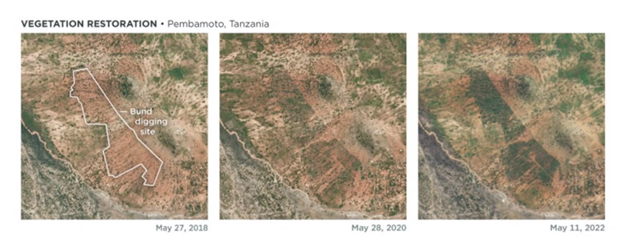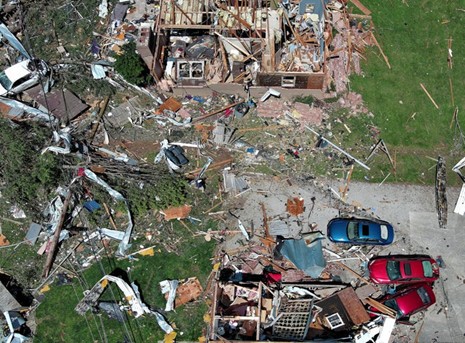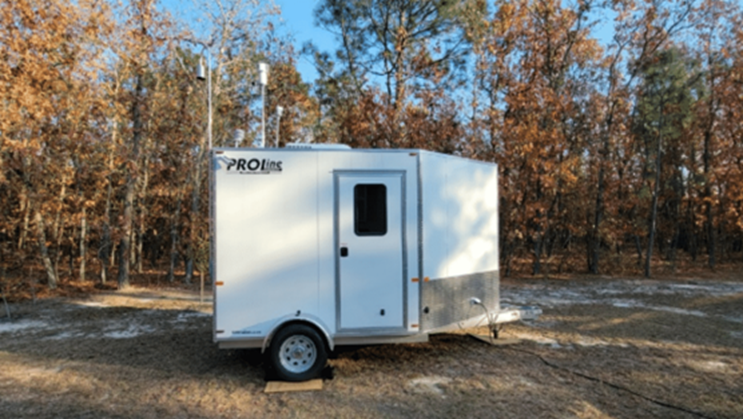The Center for Health, Environment & Justice (CHEJ) has a long history of championing environmental health, from its roots in the Love Canal fight to national campaigns against toxic chemicals. From the beginning, CHEJ focused on everyday threats to children’s health – including dangerous cleaning chemicals in schools and toxic plastics in consumer products. For young people passionate about environmental justice, CHEJ’s story shows how community activism can spur big changes. Two signature initiatives – the Green Cleaning and PVC-Free campaigns – stand out for their hopeful victories in reducing pollution and protecting vulnerable communities.
Green Cleaning Campaign: Safer Schools for Healthy Kids
CHEJ’s Green Cleaning campaign set out to make schools healthier by replacing harsh chemical cleaners with non-toxic alternatives. This effort grew in the early 2000s alongside CHEJ’s Green Flag Schools Program, which began in 2002 as a framework for students to lead environmental improvements in their schools. Students and parents learned that “clean” doesn’t have to mean dousing classrooms in industrial chemicals. In fact, CHEJ emphasized that many conventional cleaners (with strong fragrances and antibacterial agents) can do more harm than good, contributing to asthma and other health problems. By working with schools and daycare centers across the country, CHEJ helped introduce green cleaning – using products designed to eliminate hazardous ingredients – so that classrooms could be kept sanitary without putting kids and staff at risk. As awareness grew, green cleaning products became widely available and even cost-saving for schools, debunking the myth that safer cleaners are ineffective or expensive.
The Green Cleaning campaign achieved several inspiring victories. CHEJ provided resources and training to help school districts switch to certified green products, improving indoor air quality for students. Some forward-thinking states and cities adopted policies to require safer cleaning in schools – for example, in 2005 New York City passed an “environmentally preferable purchasing” law with CHEJ’s support, setting standards for energy efficiency and green cleaning products in all city agencies. This law also mandated phasing out certain toxic materials and was hailed as a huge victory for children’s health. By proving that schools can clean effectively without toxic chemicals, the campaign reduced countless daily exposures for children. It also empowered custodial workers (often in disadvantaged communities) with safer working conditions. CHEJ even took the fight to corporate giants: in 2009, activists with CHEJ’s “Disney Go Green” campaign rallied at Walt Disney’s shareholder meeting to urge the company to adopt a comprehensive green cleaning policy. Under public pressure, Disney did begin introducing greener cleaning practices, showing that even the “Magic Kingdom” could clean up its act for the sake of kids, families, and employees ecochildsplay.com. The Green Cleaning campaign not only made schools less toxic but also demonstrated the power of grassroots advocacy – from PTA groups to student Green Teams – in driving institutions to protect health.
PVC-Free Campaign: Tackling “The Poison Plastic”
Around the same time, CHEJ launched its PVC-Free campaign to eliminate another hidden danger in schools and homes: polyvinyl chloride plastic (PVC), dubbed the “poison plastic.” In the early 2000s, CHEJ identified PVC – commonly found in school supplies like binders, lunchboxes, and art materials – as a significant health risk for children. PVC contains toxic additives (like phthalates and lead) that can leach out and cause cancers or hormone disruption. Mike Schade of CHEJ led a nationwide PVC-Free Schools initiative to raise awareness among parents, teachers, and school administrators about these dangers and to promote safer alternatives. Much like the green cleaning effort, this program combined education and advocacy to empower communities to take action. CHEJ offered free guides and tools – for instance, Back-to-School Guides to PVC-Free School Supplies – helping families and schools identify PVC items and replace them with PVC-free options. Students and parents were encouraged to ask questions: Where is PVC hiding in our school? Often the answers ranged from flooring and carpeting to playground equipment and even cleaning supplies. By shining a light on this “invisible” threat, the PVC-Free campaign motivated many communities to demand change.
The PVC-Free campaign scored remarkable victories that ripple far beyond individual schools. CHEJ helped build a large grassroots network of concerned parents, educators, and health advocates united in phasing out PVC. Through consumer pressure and corporate engagement, this network successfully pushed several major companies to reduce or eliminate PVC in their products. In fact, some of the world’s biggest corporations responded to the movement – companies like Wal-Mart, Nike, Apple, Microsoft, Target, Sears, and Kmart all adopted policies to phase out PVC, recognizing the hazards of its lifecycle. This represents a huge shift in the market, driven by people power and persistent campaigning. On the policy front, CHEJ and coalition partners convinced New York City to include PVC in its purchasing reforms: the city set a deadline to halt buying materials that create dioxin (one of the most toxic chemicals) when burned, effectively aiming to phase out PVC in city schools and agencies. This proactive stance – reducing PVC to prevent dioxin pollution – was a pioneering step that protected not only students but also fenceline communities near waste incinerators. Thanks to the PVC-Free campaign, today many students attend schools that have eliminated PVC materials, and parents are far more aware of toxic plastics in everyday products. The campaign even inspired individuals to make safer choices at home, proving that awareness can lead to healthier habits. Perhaps most importantly, this initiative showed marginalized communities that their voice matters: CHEJ’s work on PVC, like all its projects, focused on protecting vulnerable neighborhoods disproportionately burdened by pollution. By replacing “poison plastic” with safer materials, the PVC-Free campaign contributed to a broader environmental health movement that demands industry accountability and justice for all communities.
Empowerment and Environmental Health
Looking back at CHEJ’s Green Cleaning and PVC-Free campaigns, it’s clear that real progress is possible when people unite for change. These initiatives were historically significant in shifting how schools and corporations think about chemicals. Decades ago, few imagined that a school district would question its cleaning supplies or a retail giant would drop a type of plastic – but grassroots advocacy made the unthinkable a reality. Each victory, from a toxic-free classroom to a Fortune 500 company’s policy change, has helped protect children and other vulnerable groups from harm. Moreover, the campaigns have left a legacy of hope and empowerment. They trained a generation of young environmental leaders – from students who led Green Flag audits to parents who organized PVC-free school drives – demonstrating that anyone can have a voice in creating a healthier world. In the larger environmental health movement, CHEJ’s work has been a catalyst, proving that community-led efforts can influence policy and corporate practices on a national scale chej.org. For today’s young environmental justice advocates, the story of these campaigns is an inspiring reminder: when ordinary people band together to demand healthier products and practices, even the mightiest institutions will listen. The journey isn’t over, but the Green Cleaning and PVC-Free campaigns show that step by step, we are building a safer, more just environment for all. chej.org
Sources: The Center for Health, Environment & Justice archives and publications; Environmental Law Institute; EcoChild’s Play blog; New York City Council records; CHEJ Everyone’s Backyard newsletters.







